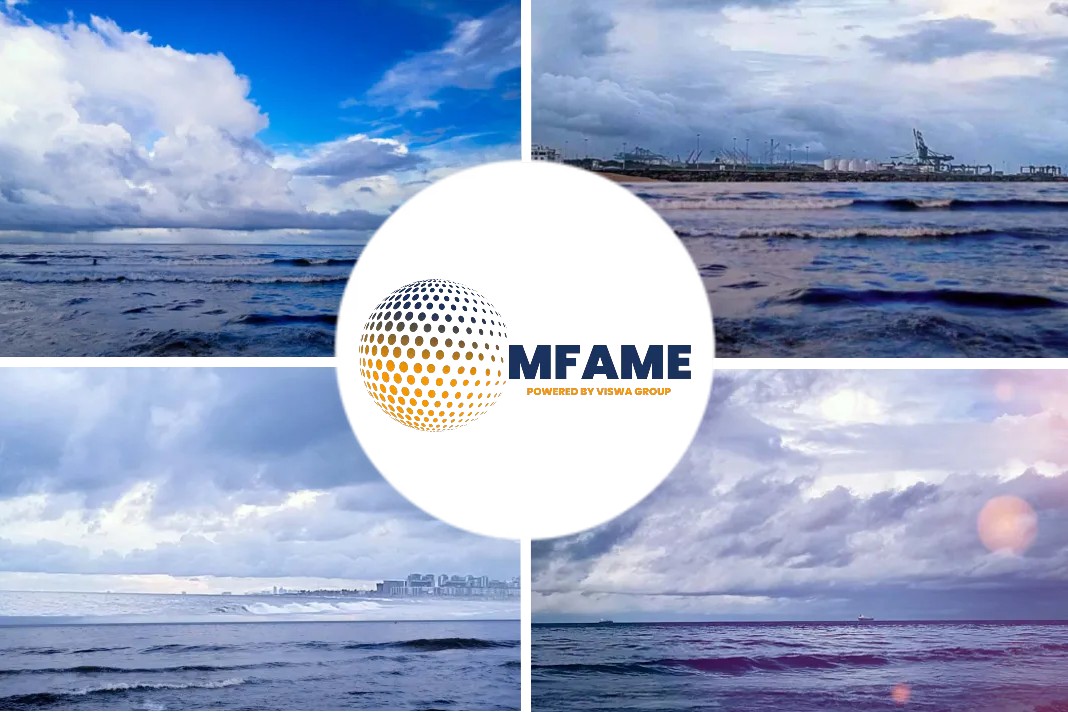
Offshore gas pipelines can be reused for H2 transport before 2030, highlights an Offshore Energy news source.
Dutch offshore natural gas
A study by Guidehouse and Enersea has shown that Noordgastransport (NGT) and NOGAT’s offshore infrastructure can be repurposed for hydrogen transportation before 2030 by rerouting certain gas fields, while still providing transportation services for current and future Dutch offshore natural gas.
The study, initiated by NGT and NOGAT, analyzed the transportation of hydrogen, which will be produced in the North Sea via electrolysis of wind energy, to land, and focused on the question of whether and within what time frame pipelines can be made available for transport.
It revealed that there are multiple benefits of reuse over installing new pipelines. Reuse is said to be much more cost-efficient and can be realized faster, fewer permits are needed and the environmental impact is lower as the pipelines are already in place and no new ones need to be installed through vulnerable coastal areas. In addition, the study showed that there is less pressure on space in the already crowded North Sea.
As part of the research, Guidehouse and Enersea developed two main scenarios which can be realized before 2030, and in both, one pipeline becomes fully available for hydrogen, while the other pipeline continues to facilitate the transport of existing and future natural gas production. In these scenarios, the study revealed that blending (the blending of hydrogen with natural gas) would also be possible, in addition to pure hydrogen.
To note, NGT and NOGAT are operators of two major transport pipelines in the Dutch North Sea, which have a capacity of 10 to 14 gigawatts and were certified for hydrogen transport by Bureau Veritas Inspectie en certificering last year.
NOGAT and NGT said the pipelines are well-positioned in relation to the planned large wind farms in the north as well as for the pilot ‘North of the Wadden,’ adding that to connect the wind farms, only the construction of some short new offshore pipelines is necessary, creating an “eventually redundant” network at sea. In the long term, both pipelines are expected to be available to transport 14 GW of generated hydrogen.
According to the companies, this network is already connected to Denmark, through the existing NOGAT-TYRA-DENEMARK connection, and offers a good potential for connections to other North Sea countries, such as connections of the western branch of the NGT with English gas pipelines or a connection to the German Aquaventus/Aquaductus project.
Existing gas fields could eventually serve as storage, both to cope with temporary fluctuations due to wind variability and to hold strategic reserves of hydrogen, the companies noted.
Did you subscribe to our daily Newsletter?
It’s Free! Click here to Subscribe
Source: Offshore Energy






















